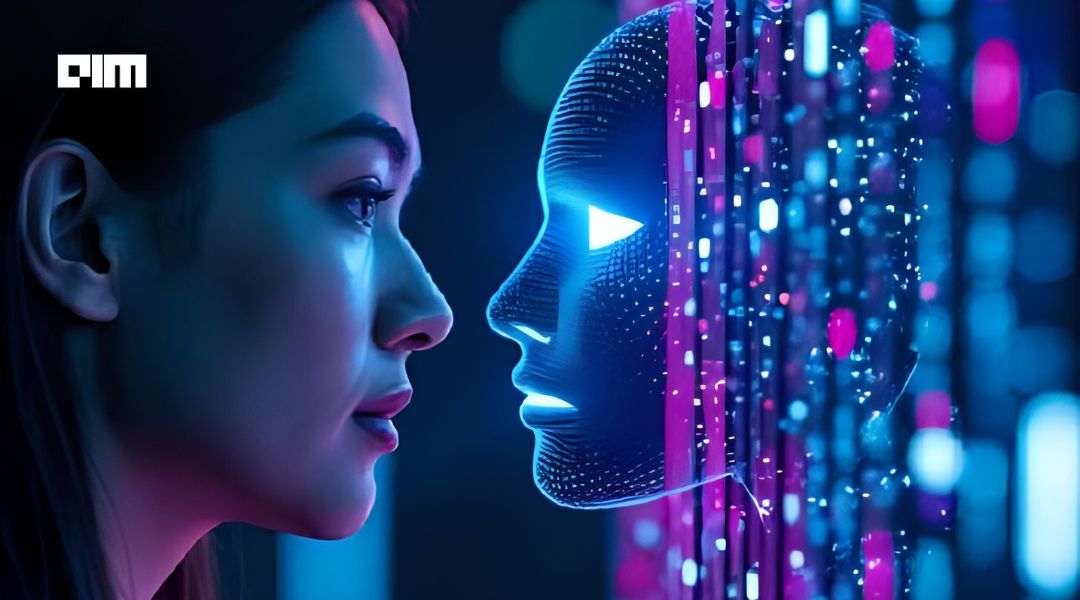Digital doppelgängers, once confined to science fiction, are now a reality. Advances in AI and generative technologies make it possible to replicate voices, faces, behavior, and even memories with uncanny accuracy. These doubles are no longer just novelties; they are tools shaping industries from entertainment to healthcare. People are using AI-powered versions of themselves to communicate, work, and engage with others virtually, while businesses leverage these replicas for personalized services and efficiency. This new technology challenges our traditional understanding of identity and raises important questions about ownership and consent in the digital age.
At the same time, their rise unsettles familiar ideas of authenticity and ownership. When a person’s likeness, voice, or personality can be copied, who decides how it’s used? And how do we know when to trust what we see and hear?
The following six areas illustrate the most prominent ways these technologies manifest, each with applications across multiple industries.
1. Voice and Speech Synthesis
Voice synthesis is among the earliest and most accessible forms of digital double technology. Advanced AI tools analyze voice patterns, pitch, cadence, and tone to generate virtual voices capable of natural, lifelike conversation. Applications range from virtual assistants and audiobook narration to customer service bots and speech accessibility tools. The AI voice cloning market is growing rapidly, projected to surpass $20 billion by 2033.
One leading company in this space is ElevenLabs, known for ultra-realistic voice cloning employed in audiobooks, podcasts, and gaming. However, voice cloning extends beyond convenience. When unauthorized parties replicate a person’s voice without consent—for advertising, impersonation, or fraud—it undermines trust and threatens personal security. To address these risks, responsible companies embed verification protocols, secure access controls, and ongoing monitoring to prevent misuse, emphasizing that control over one’s voice is a critical aspect of digital identity.
2. Facial and Visual Replication
Facial and visual replication technology enables digital doppelgängers to look startlingly real. Sophisticated avatars can mimic facial expressions, body language, and subtle gestures, making them useful in corporate training, social media, gaming, and virtual events. For example, AI platforms that produce video content with multilingual avatars are streamlining global communication and engagement.
Clearview AI is a notable company providing advanced facial recognition technology used in identity verification and law enforcement. Beyond entertainment, visual replication extends into healthcare, for therapy simulations, and retail, where virtual fitting rooms personalize shopping. Yet, as these avatars grow more convincing, they challenge our ability to discern genuine images from synthetic ones, posing ethical concerns around consent and the potential for deception. This raises urgent questions about how visual trust is maintained in a digitally mediated world.
3. Behavioral and Emotional Mimicry
Digital doppelgängers have evolved beyond appearance and voice, now capable of imitating human behavior and emotional responses. By analyzing social media activity, communication patterns, and psychological traits, AI avatars mirror how people converse, gesture, and express emotions. This capability empowers more empathetic customer support, therapy simulations, and educational programs. In 2023, ResearchAndMarkets estimated that the global conversational AI market, which powers these behavioral avatars, reached $14.5 billion, with U.S. adoption representing nearly 40% of that market.
An example company is Be.FM, which develops AI to simulate human behavior for personalized interventions. While these behavioral doubles enhance engagement and personalization, they also risk emotional manipulation. Users may be unsure whether they’re interacting with a human or an algorithm, which complicates notions of authenticity and consent. Such mimicry challenges us to rethink the boundaries of human-machine relationships.
4. Digital Legacy and Memory Preservation
Digital legacy technology preserves individuals’ personalities, communication styles, and memories long after they are gone. Platforms creating virtual versions of deceased loved ones provide comfort and a sense of ongoing connection. With hundreds of millions engaging globally, this field promises continuity in ways never before possible.
One leading company in digital legacy is Replika, offering AI-driven virtual companions that preserve personality traits. However, digital legacies also confront ethical dilemmas. When the person represented can no longer approve how their digital likeness is used, questions arise about consent, management, and ownership. Determining who controls these digital memories is vital to protect both the legacy and those left behind.
5. Synthetic Media and Deepfakes
Synthetic media, including deepfake technology, crafts realistic but fabricated audio-visual content. This innovation opens new avenues for marketing, entertainment, and education, enabling storytellers to imaginarily recreate or manipulate appearances and voices flawlessly. Deeptrace is recognized for its deepfake detection tools, protecting organizations and users from synthetic media fraud.
Yet, deepfakes pose substantial risks. They can be weaponized for political misinformation, defamation, and impersonation, undermining trust in media and public discourse. Ensuring responsible usage demands robust detection tools, regulatory frameworks, and heightened public awareness to protect individual rights and societal trust.
6. Virtual Avatars in Digital Environments
Virtual avatars let people interact in digital spaces as visual and behavioral extensions of themselves. Platforms integrating real-time facial and gesture replication enhance virtual meetings, online education, and social experiences, breaking down geographical barriers.
Companies like Rephrase.ai create AI-powered avatars for marketing and educational content production. However, extended use raises psychological concerns, including identity fragmentation and blurring lines between digital and real-world personas. Setting healthy boundaries between these worlds remains essential as digital representation becomes increasingly immersive in everyday life.
The Questions Digital Doppelgängers Leave Behind
Digital doppelgängers have found real-life applications in healthcare, where they serve as virtual replicas of patients to support personalized treatment. For instance, digital twins of cancer patients are used to simulate and predict individual responses to chemotherapy, allowing doctors to tailor therapies for better outcomes and fewer side effects. Healthcare providers like the Mayo Clinic utilize these virtual models, incorporating medical imaging and genetic data to customize treatment plans. This practical use shows how digital doppelgängers are actively transforming patient care by enabling precision medicine, improving monitoring, and optimizing surgical procedures.
What makes them most significant is the way they blur personal boundaries. A likeness that talks, reacts, and even outlives its source forces people to think about control in new ways. The technology is impressive, but the deeper story is about ownership and trust. Who gets to decide how a voice, a face, or a memory is used once it can be replicated? Until that is clear, digital doppelgängers will remain both powerful tools and unsettled questions.












